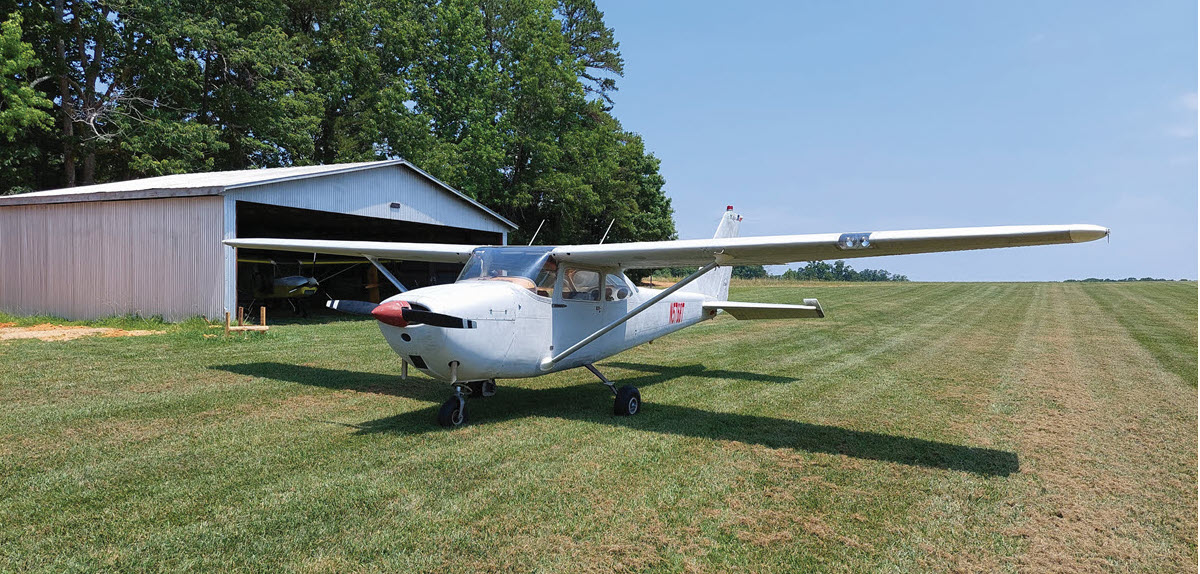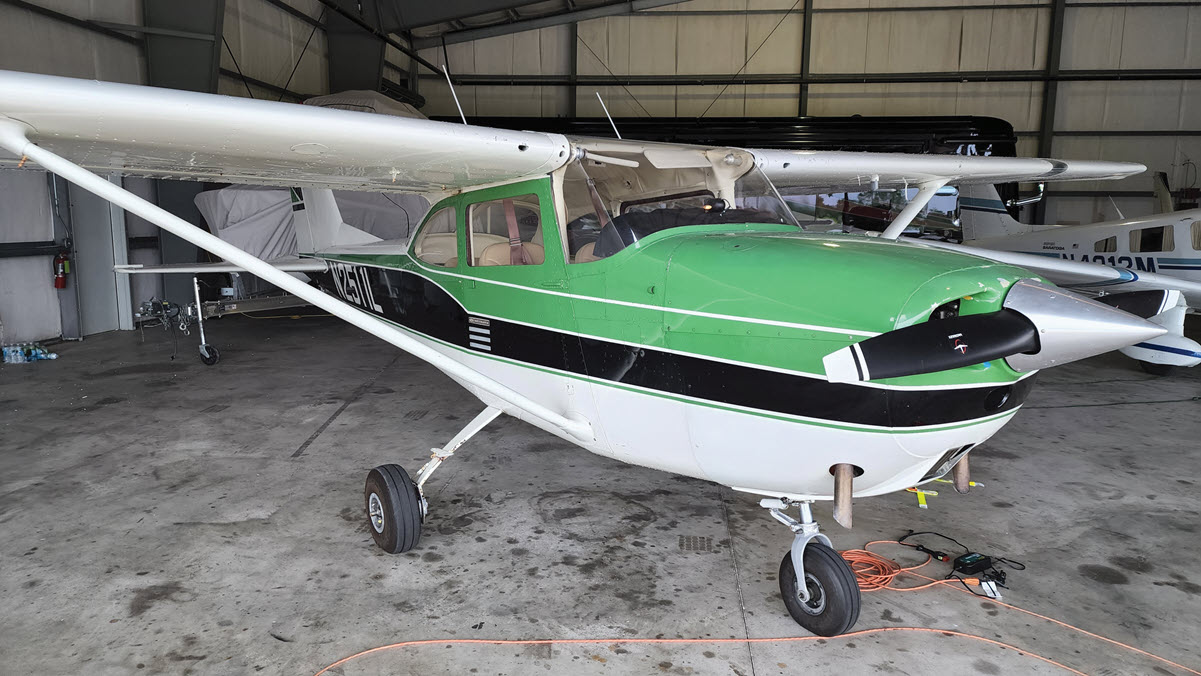Tracing the Evolution of the Iconic Cessna Skyhawk
The Cessna Skyhawk, an iconic name in the world of aviation, has left an indelible mark on the history of flight. Known for its reliability, versatility, and popularity among pilots, the Skyhawk has been a staple in the skies since its introduction in the mid-20th century. This article traces the fascinating evolution of this legendary aircraft, exploring its origins, adaptations, and enduring presence in contemporary aviation.
The Cessna Skyhawk: A Legacy in Aviation History

The Cessna Skyhawk, officially designated as the Cessna 172, first took to the skies in 1955. It was designed as a light, single-engine aircraft intended for general aviation purposes, including flight training and personal use. Its practicality and ease of operation quickly made it a favorite among aviators, earning it the reputation of being an ideal trainer and a reliable personal aircraft. By the 1960s, the Skyhawk had already become a familiar sight at airfields around the world, cementing its legacy in aviation history.
Throughout its storied history, the Skyhawk has been celebrated for its robust design and performance. Its high wing configuration offers excellent visibility, stability, and control, making it particularly appealing for training new pilots. This design choice also contributes to the aircraft’s safety, a key factor that has endeared it to flight schools globally. Moreover, its fixed tricycle landing gear adds to its ease of handling, providing a forgiving platform for student pilots to learn the intricacies of flight.
The Skyhawk’s legacy is further underscored by its role in breaking aviation records and achieving significant milestones. Notably, a specially modified Cessna 172 holds the world record for the longest flight endurance, remaining airborne for an astonishing 64 days in 1958. Such feats have only added to the aircraft’s mystique and popularity, solidifying its place as one of the most successful and enduring models in the history of general aviation.
From 1955 to Today: Skyhawk’s Evolution Unveiled

The evolution of the Skyhawk over the decades reflects a continuous commitment to innovation and improvement. Since its introduction, Cessna has made numerous modifications to the aircraft, enhancing its performance, comfort, and avionics. The 1960s and 1970s saw the introduction of more powerful engines, improved aerodynamics, and refined interiors, catering to the growing demands of an expanding pilot community. These upgrades ensured the Skyhawk remained competitive and appealing to both new and seasoned aviators.
The technological advancements of the late 20th and early 21st centuries have also influenced the Skyhawk’s development. In response to the digital revolution, Cessna incorporated state-of-the-art avionics systems into the aircraft. Modern Skyhawks are equipped with GPS navigation, advanced autopilot systems, and digital flight displays, significantly enhancing the safety and efficiency of flight operations. These advancements have made the Skyhawk not only a training aircraft but also a viable option for personal and business travel.
Today, the Cessna Skyhawk remains one of the most produced aircraft in history, with over 44,000 units built. Its enduring appeal can be attributed to its adaptability, safety, and the trust it has garnered from generations of pilots. As aviation continues to evolve, the Skyhawk’s blend of classic design and modern technology exemplifies the balance between tradition and progress, ensuring its legacy continues well into the future.
The Cessna Skyhawk has skillfully navigated the winds of change and challenge, surviving and thriving in an ever-evolving aviation landscape. Its journey from a post-war innovation to a modern-day icon illustrates the enduring appeal of a well-designed aircraft. As pilots continue to take to the skies in the trusty Skyhawk, the aircraft’s rich legacy of innovation and performance promise to inspire future aviators for generations to come.



